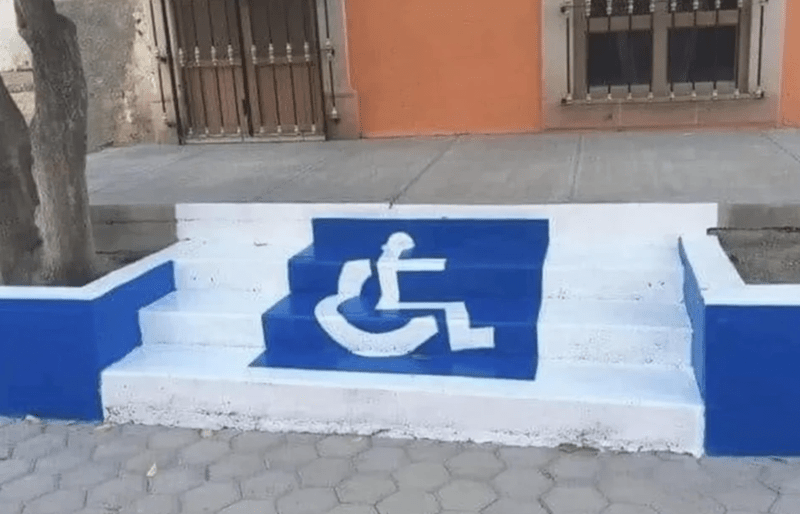Loading...
We manufacture and provide the world's most advanced and only ADA-CF13082 point-of-sale unit-mounting tech available (Patented). Built with ADA required components and addresses California State Law for accessibility at the checkout. CAL-FIN, ADA, UNRUH ACT.
CALIFORNIA
Equipment
Websites
State and Federal Law
California businesses have accessibility requirements at the checkout. Cal-Fin Section 13082 is an additional requirement layered on top of the American's with Disabilities Act (ADA.GOV). The law requires Tactile PIN (real buttons) "not PIN on screen" as its primary checkout with the credit card terminal. ADA reach and range requirements is a construction standard and does not address accessibility and this is where how the credit/debit card terminal is required to be accessibility mounted.
Enforcement of this law is handled with care by the California Department of Financial Protection and Innovation (DFPI) and the California Disability Rights Bureau, working together to ensure accessibility aligns with the Americans with Disabilities Act (ADA) and the Unruh Civil Rights Act. The goal here is simple yet meaningful: making sure everyone, including those with visual impairments, has fair and equal access to store and business checkouts—specifically when using credit card or handheld terminals, like those for PIN debit transactions.
California law requires accessibility coverage at the point-of-sale checkout for the device and its (unit-mounting). It goes beyond ADA reach/range.Whether blind, or in a wheelchair, a scooter or are a little person, you are covered.
For clairity, if your business provides ADA parking, -your credit/debit card terminal is also required to be accessibility accessible. The terminal is required to be (independently accessibile) meaning self-assisted, not cashier assisted.

The store checkout is the most used place in the world outside a person home. That being a fact, accessibility at the checkout is not only crucial, but is the law. Whether you are a public business, an ADA TITLE II state, county, or city or a 508 Government or military outlet, we all have to make our checkouts accessible and accessibility driven for all cardholders. Volume pricing available for California government, regional retail and big box retail.